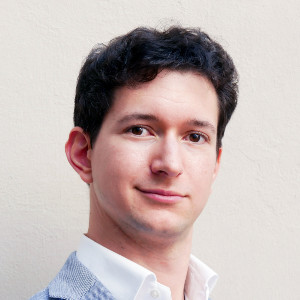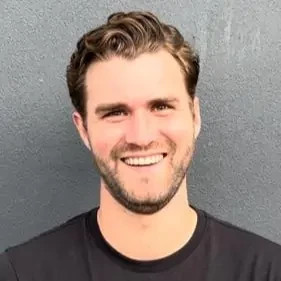Hi,
When I am asked a brainstorm/creativity question in an interview, I can normally think of 2 to 3 ideas, then I get stuck. How can I improve this? What are some tangible ways I can practice brainstorming?
Also when an interviewer asks a brainstorming question, is it ok to ask for a bit of time to think?
Thank you!













